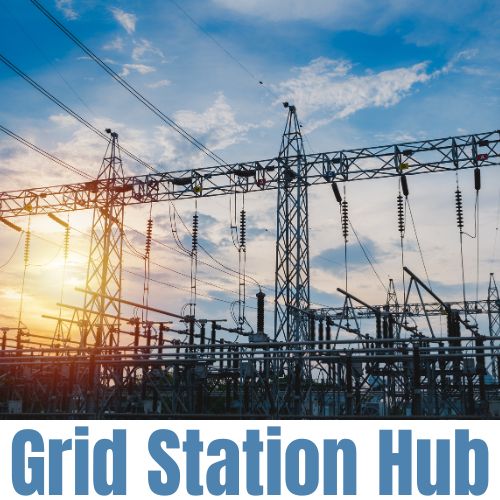Electrical transformers are crucial devices in the field of electrical engineering. They play a fundamental role in transmitting electrical energy efficiently from one circuit to another by electromagnetic induction. Whether it's stepping up or stepping down the voltage, transformers are an essential component of power distribution systems. In this article, we will delve into the basic knowledge of electrical transformers, exploring their key components, working principles, types, and applications.
Basic Knowledge: Transformer Components
A typical electrical transformer consists of several essential components. The primary components include a laminated iron core, primary and secondary windings, and an insulating material. The laminated iron core provides a low-reluctance path for the magnetic flux, while the windings, consisting of insulated copper wire, are wound around the core. The insulating material ensures electrical isolation between the windings, preventing short circuits.
Basic Knowledge: Working Principle
Transformers work in view of the rule of electromagnetic induction. When an alternating current (AC) flows through the primary winding, it generates a varying magnetic field around the core. This magnetic field induces a voltage in the secondary winding through mutual induction. The ratio of the number of turns in the primary and secondary windings determines the voltage transformation ratio. According to Faraday's law of electromagnetic induction, the magnitude of the induced voltage is proportional to the rate of change of the magnetic flux.
Basic Knowledge: Types of Transformers
Transformers can be arranged into a few sorts in view of their application and development. The two main categories are power transformers and distribution transformers. Power transformers are used in power generation stations to step up the voltage for long-distance transmission, while distribution transformers are employed in electrical distribution networks to step down the voltage for local consumption. Other types include instrument transformers, auto transformers, isolation transformers, and three-phase transformers, among others. Each type serves specific purposes in various electrical systems.
Basic Knowledge: Efficiency and Losses
Efficiency is a critical factor in transformer design and operation. It represents the ratio of output power to input power, expressed as a percentage. Transformers are designed to have high efficiency to minimize energy losses during voltage transformation. However, losses still occur due to various factors. The major losses in a transformer include copper losses and core losses. Copper losses are caused by the resistance of the windings and can be minimized by using thicker wires. Core losses consist of hysteresis and eddy current losses and can be reduced by using high-quality magnetic materials in the core.
Basic Knowledge: Transformer Applications
Transformers are used in a wide range of applications, both domestically and industrially. They are integral in power generation and distribution systems, enabling efficient transmission of electricity across long distances. Transformers are also used in electronic devices such as televisions and computers to provide the required voltage levels. In industrial settings, transformers are employed in machinery, motors, and equipment to ensure the proper functioning of electrical systems. Moreover, transformers play a crucial role in renewable energy systems, facilitating the integration of solar and wind power into the grid.
Conclusion:
Having a basic knowledge of electrical transformers is essential for understanding their significance in power systems. From their components and working principles to the various types and applications, transformers are vital in ensuring efficient and reliable electricity transmission. As technology continues to evolve, transformers will play an even more crucial role in the development of sustainable and reliable electrical networks.
FAQ:
Q1- What is the principle of electrical transformer?
The principle of an electrical transformer is based on electromagnetic
induction, where a changing magnetic field generated by an alternating current
in the primary winding induces a voltage in the secondary winding.
Q2- What are transformers basic formulas?
Turns ratio: N₁/N₂
Voltage transformation ratio: V₁/V₂ = N₁/N₂
Current transformation ratio: I₂/I₁ = N₁/N₂
Power transformation ratio: P₁/P₂ = (N₁/N₂)²
Efficiency: η = (Pout/Pin) × 100%
Turns and voltage relationship: N = V₁/V₂
Q3- Can a transformer work on DC?
No, a traditional transformer does not work on direct current (DC).
Q4- What is transformers in kVA?
Transformers in kVA refer to the power rating of a transformer, which is
expressed in kilovolt-amperes.
Q5- How Why oil is used in a transformer?
Oil is used in transformers for electrical insulation, cooling, and
protecting internal components from contaminants.



